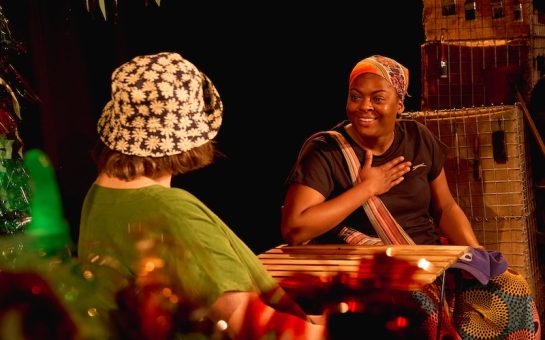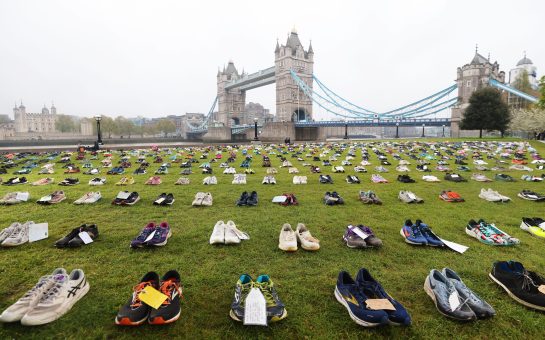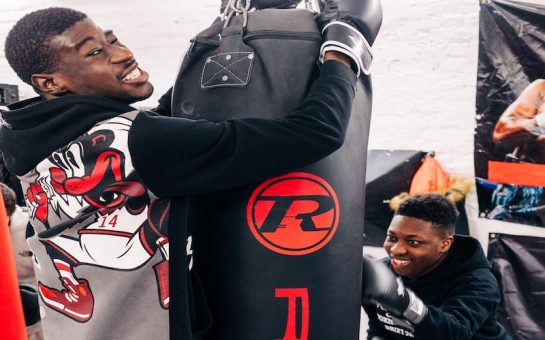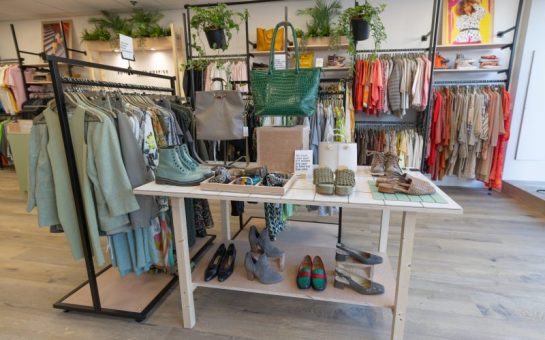Child abuse image offences reported by the Met police in London is up 175% since 2016, NSPCC research shows.
Around 11,745 cases over five years have been reported, including offences of possessing, taking, making and distributing child abuse material.
The National society for the prevention of cruelty to children (NSPCC) is a British Child protection charity and it is pushing for the Online Safety Bill to be updated to successfully combat problems with online child abuse.
NSPCC Chief Executive, Sir Peter Wanless, said: “The staggering amount of child sexual abuse image offences is being fuelled by the ease with which offenders are able to groom children across social media to produce and share images on an industrial scale.
“The Government recognises the problem and has created a landmark opportunity with the Online Safety Bill.
“But the legislation needs strengthening in clear and specific ways if it is to fundamentally address the complex nature of online abuse and prevent children from coming to avoidable harm.”
This graph, showing the number of cases of child abuse image offences in London, depicts a clear year on year increase in cases, illustrating the necessity for stronger laws.
In 2016/17 the number of cases was 1329, and by 2020/21 the figure had more than doubled to 3648.
The sharp rise from 2019 to 2021 coincides with the pandemic, suggesting that the lockdown resulting in an increased use of internet has fuelled the level of offences in London.
The second graph has been created using data collected from up to 45 police forces across the UK.
The slump recorded in 2018/19 can be explained as the data from 2016/17 and 2017/18 was taken from 45 police forces, whereas the data for 2018/19-2020/21 used only 39 police forces.
Despite this causing a slump in the graph, suggesting there is no clear upwards trend, the result of the highest number of 25,281 recorded in in 2020/21 is made more significant as it uses a smaller number of police forces than 22,913 recorded in 2017/18.
There is no explanation other than a shocking increase in reported cases.
Jasmine*, 20, became the victim of a child abuse image crime when her ex-boyfriend posted pornographic photos of her that were taken when she was 16.
She contacted the police, and he was arrested, but the charges were dropped, and she found herself in a severe depression which forced her to undertake therapy to heal from the trauma.
Jasmine said: “I spent a long time thinking this is so embarrassing, I can’t believe I allowed this to happen to me, this is all my fault for keeping going back to this guy, all my fault for staying with him for so long.
“I was just an easy prey.”
She wants to raise awareness for victims of revenge porn as she doesn’t believe it is talked about enough in schools, especially when the person who commits this crime against you is someone you were close with and trusted.
Jasmine said: “In high school, they tell you not to do it, but they don’t tell you what to do if it happens to you.”
The NSPCC said that social media is being used by groomers as a conveyer belt to produce and share child abuse images on an industrial scale and claims that the pandemic helped to escalate the online issues further as more people took to the internet.
The charity is urging culture secretary Nadine Dorries to strengthen the Online Safety Bill as it claims the Bill currently fails to address how offenders organise across social media as it doesn’t effectively tackle abuse in private messaging and fails to give children a voice in the balance of power.
The NSPCC has devised a five-point plan which lays out where the Online Safety Bill should be strengthened.
This includes, disrupting well-established grooming pathways, tackling abusers organising abuse on social media, appointing named managers for children’s safety on each social media platform, regulating private messaging more and giving children a funded voice to fight for their interests.
*Name changed for anonymity
Featured image by Tom Hull





Join the discussion
Consequential dysfunctional parenting occurs considerably more often than what is officially known/acknowledged. To quote Dr. Alvin F. Poussaint (Professor of Psychiatry, Harvard Medical School): “This is the most important job we have to do as humans and as citizens … If we offer classes in auto mechanics and civics, why not parenting? A lot of what happens to children that’s bad derives from ignorance … Parents go by folklore, or by what they’ve heard, or by their instincts, all of which can be very wrong.”
It’s known that trauma from unhindered toxic abuse, sexual or otherwise, usually results in a helpless child’s brain improperly developing. If allowed to continue for a prolonged period, it can act as a starting point into a life in which the brain uncontrollably releases potentially damaging levels of inflammation-promoting stress hormones and chemicals, even in non-stressful daily routines. I consider it to be a form of brain damage.
The lasting emotional/psychological pain from such trauma is very formidable yet invisibly confined to inside one’s head. It’s like a discomforting anticipation of ‘the other shoe dropping’ and simultaneously being scared of how badly I will deal with the upsetting event, which usually never transpires. It is solitarily suffered, unlike an openly visible physical disability or condition, which tends to elicit sympathy/empathy from others. It can make every day a mental ordeal, unless the turmoil is treated with some form of medicating, either prescribed or illicit.
The wellbeing of ALL children — and not just what other parents’ children might/will cost us as future criminals or costly cases of government care, etcetera — needs to be of real importance to us all, regardless of how well our own developing children are doing. A mentally sound future should be every child’s fundamental right — along with air, water, food and shelter — especially considering the very troubled world into which they never asked to enter.